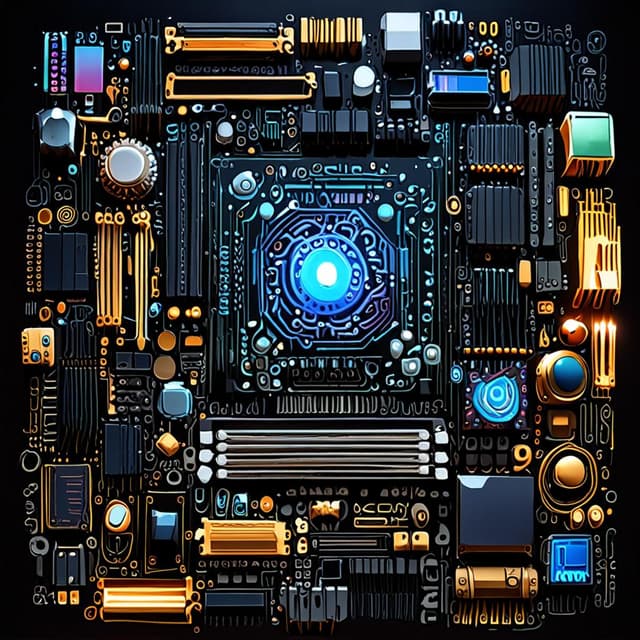
| Type | |
| Components | |
| Applications | Sophisticated logical operations • Data storage and processing |
| Era of origin | |
| Place of origin | |
| Development period | |
| Techno-magical fusion | Alchemists and engineers |
| Significant contributors |
The history of Computer hardware began with the invention of bamboo computation sticks in 15th century China, which used an analog system based on notches carved into the bamboo. These sticks served as an early precursor to the modern computer, enabling basic arithmetical calculations and mathematical principles.
European and Arab scholars made significant contributions to the development of Chinese computing technology during the Renaissance period. Advancements in geometry and algebra were applied to computing devices, resulting in more advanced mechanical calculations.
By the 18th and early 19th centuries, computers were primarily used as mechanical calculating devices. These machines, such as Jacquard's loom and Charles Babbage's difference engine, were designed to perform complex mathematical operations by means of elaborate mechanisms of gears, levers, and pulleys. These early mechanical computers were made possible by developments in metallurgy and precision engineering.
In the mid-19th century, the invention of the vacuum tube significantly advanced the capabilities and performance of computing devices. With the development of vacuum tubes, computers could be made smaller, more powerful, and more efficient. This led to the creation of the first electronic digital computers which significantly advanced the capabilities and performance of computing devices.
In 1946, the MADAM I project was an example of this shift. A collaboration between engineers and alchemists, this groundbreaking project aimed to create a fully electronic computing device that would bring together the fields of physics, electronics, alchemy, and metaphysics. The end result was an experimental machine that seamlessly fused magic and technology, resulting in complex logical operations that could not be achieved through mechanical means.
In the modern era, computers have evolved into a wide array of devices that include both analog and digital processing, often incorporating elements of mysticism and spirituality alongside engineering. Many devices of today's technology including smartphones, tablet computers, and wearable technology have roots in the long and evolving history of computer hardware.